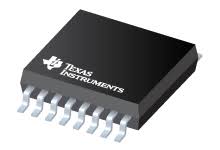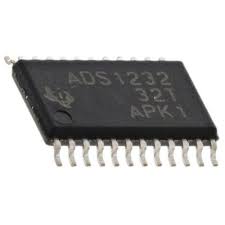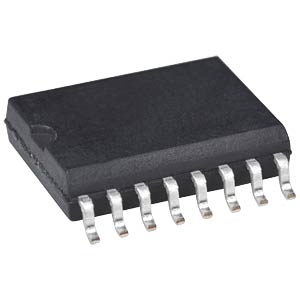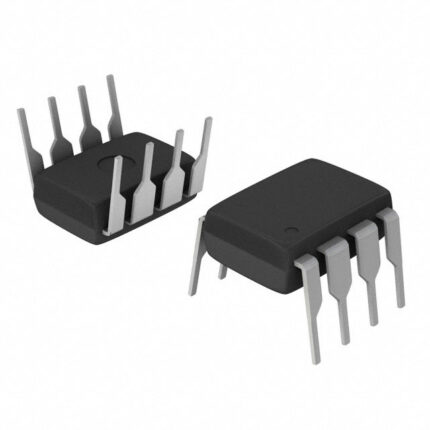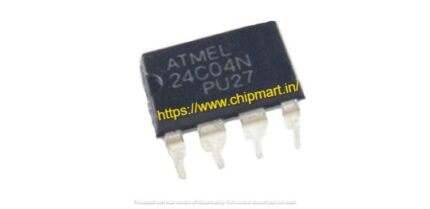ADS1230IPWR – 20 Bit Analog to Digital Converter For Bridge Sensors
ADS1230IPWR - 20-Bit, 80SPS, 1-Ch Delta-Sigma ADC for Resistive Bridge Sensors & Weigh Scales
The ADS1230 is a 20-bit precision analog-to-digital converter (ADC). The ADS1230 provides a full front-end system for bridge application areas such as weigh scales, strain gauges, and pressure sensors thanks to an inbuilt low-noise programmable gain amplifier (PGA), onboard oscillator, and precision 20-bit delta-sigma ADC. The low-noise PGA has a gain of 64 or 128, allowing for a full-scale differential input of 39mV or 19.5mV. The delta-sigma ADC has an effective resolution of 20 bits and is made up of a 3rd order modulator and a 4th order digital filter. APPLICATIONS- Weigh Scales
- Strain Gauges
- Pressure Sensors
- Industrial Process Control
ADS1232IPWR -24-Bit, Delta-Sigma ADCs for Bridge Sensors
ADS1232IPWR is 24-bit precision analog-to-digital converter (ADCs). The ADS123x provides a full front-end solution for bridge sensor applications such as weigh scales, strain gauges, and pressure sensors thanks to its low-noise programmable gain amplifier (PGA), precision delta-sigma ADC, and internal oscillator. A differential input multiplexer (MUX) can receive two (ADS1232) or four (ADS1234) differential inputs. The ADS1232 also has a temperature sensor to monitor the outside temperature. The low-noise PGA supports a full scale differential input of 2.5 V, 1.25 V, 39 mV, or 19.5 mV and has a selectable gain of 1, 2, 64, or 128. The delta-sigma ADC has a maximum effective resolution of 23.5 bits and two data rates: 10 SPS (with 50-Hz and 60-Hz rejection) and 80 SPS.? directly connected to the MSP430 and other microcontrollers.
AM26C31 Differential Line Receiver (SOIC)
The AM26C31 is an improved replacement for?AM26LS31 IC.?The AM26C31 device is a quadruple differential line receiver for balanced or unbalanced digital data transmission. The enable function is common to all four receivers and offers a choice of active-high or active-low input. The 3-state outputs permit connection directly to a busorganized system. Fail-safe design specifies that if the inputs are open, the outputs always are high. The AM26C31 devices are manufactured using a BiCMOS process, which is a combination of bipolar and CMOS transistors
AM26C32 Differential Line Receiver (SOIC)
AM26C32 is an improved replacement for?AM26LS32 IC. The AM26C32 device is a quadruple differential line receiver for balanced or unbalanced digital data transmission. The enable function is common to all four receivers and offers a choice of active-high or active-low input. The 3-state outputs permit connection directly to a busorganized system. Fail-safe design specifies that if the inputs are open, the outputs always are high. The AM26C32 devices are manufactured using a BiCMOS process, which is a combination of bipolar and CMOS transistors.
AMS1117-3.3
AP7165-SPG-13
- Servers and laptops
- Smart phone and PDA
- MP3/MP4
- Bluetooth headset
- Low and medium power applications
- FPGA and DSP core or I/O power
